Southend
Text by Susie Parr, photographs by Martin Parr.
When the tide goes out at Southend, it really does go out. The coarse, gritty sand of the beach gives way to an expanse of dark gullies and mudbanks that stretch for more than half a mile. Here, plover and turnstone stalk the slime, investigating what the sea has left behind. In the distance small figures can be seen digging for bait, hopefully not oblivious to warnings about the treacherous speed of the incoming tide. Beyond the mud, in the middle of the estuary, the Thames becomes a sliver of greeny blue that can still be navigated by the tankers heading slowly out towards the North Sea. And, in the distance, it is possible to make out the windmills, chimneys and cranes on the Medway Estuary flatlands: the Isles of Sheppey and Grain.
Southend holiday-makers don’t generally seem dismayed by the lack of sea. Many plant themselves on the gravel beach, looking out over the mud, to picnic, doze in the sun and wait for the water’s return. Others head towards the raucous mayhem of the funfair or trundle by train down the longest pier in the world, stretching out into the estuary for over a mile. A pilgrimage to the more sedate areas that lie at either end of Southend’s miles of beach is also on the agenda. At Leigh-on-Sea you can admire picturesque fishermen’s cottages, sample a pint of prawns or a bowl of cockles, and sit on a pub bench watching the fishing boats navigate the channels that wind through the mud. And at Thorpe Bay, the gaily-painted beach huts, with their ladders running down to the shingle, create a quintessentially English seaside scene.
Southend’s central beach area – Southchurch – couldn’t be more different. Here, holidaymakers from north east London and the Essex conurbations wander in vibrant family groups. Passing by, you catch snippets of conversation in a multitude of languages: Urdu, Yiddish, Arabic, Polish, Mandarin, Italian. Could this be the most concentratedly diverse patch of seaside in the world?
Back on the sand, those who have been patiently waiting are rewarded as the sea rushes in, grey brightening to olive green in the afternoon sun. And some choose to bathe, despite the choppy breeze from the estuary that whips up the waves. Many bathers observe strict protocol: a Sikh family frolics in the water fully clothed. And a Hassidic couple, who at the same time every afternoon carry their baby’s pushchair to the same spot on the shingle, enter the seawater separately, the man plunges in the shallows in a billowing white shirt, black trousers and kippah, and the woman ducking down in blouse, skirt, wig and hat. On Southend’s beach in 2017, modesty is required, just as it would have been 150 years ago.
As the afternoon fades, the families disperse to their guest houses, or return home after their day-trip. The litter left behind from a multitude of picnics will be scraped from the sand by a tractor, leaving it clean and raked ready for the next day’s visitors.

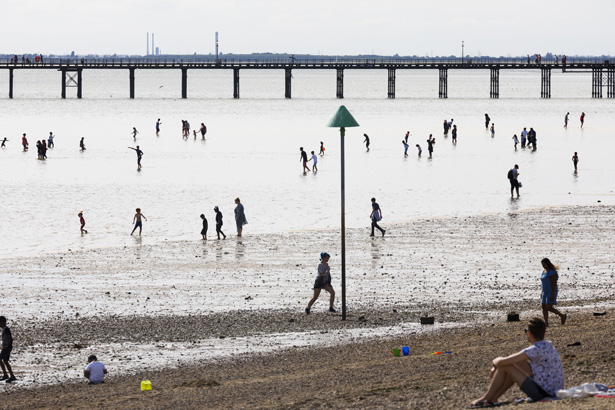
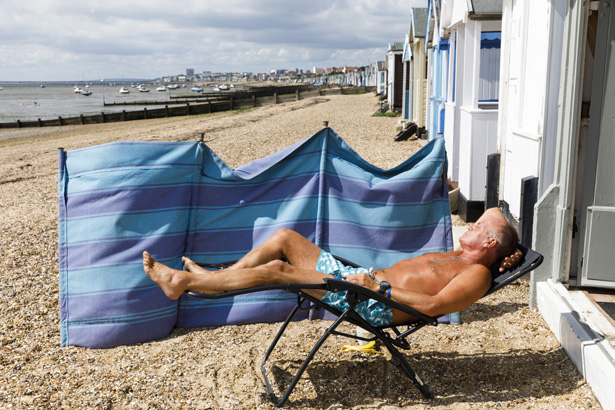
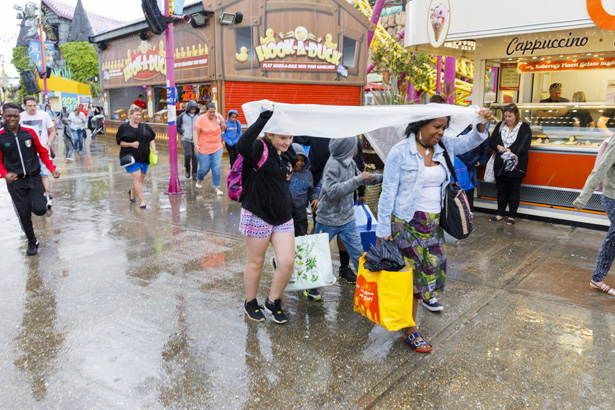
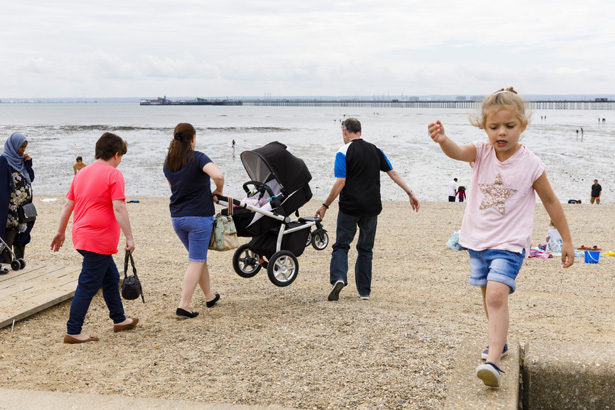
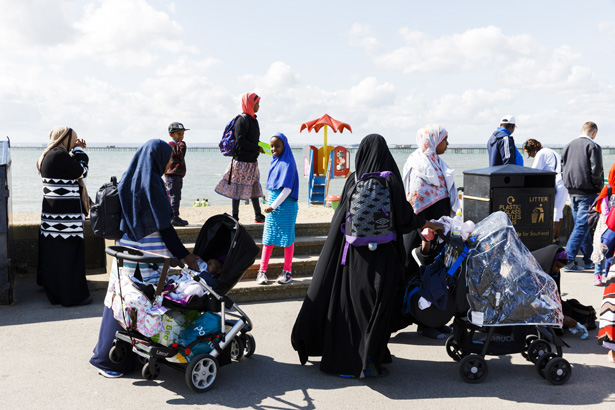
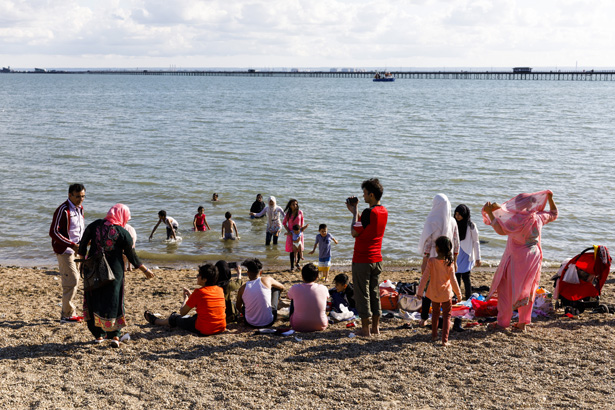

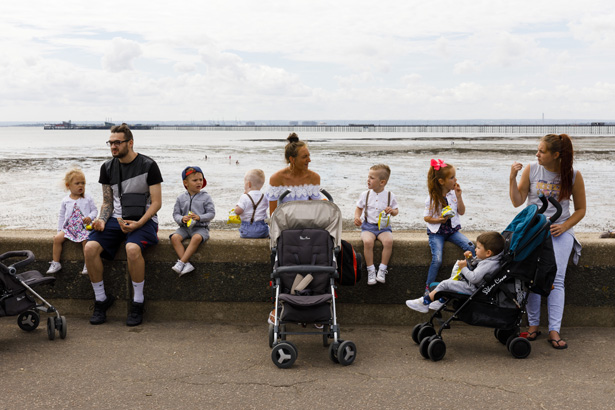
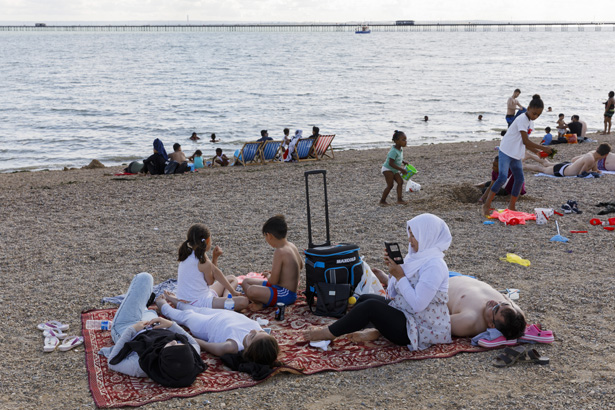

Comments are closed.